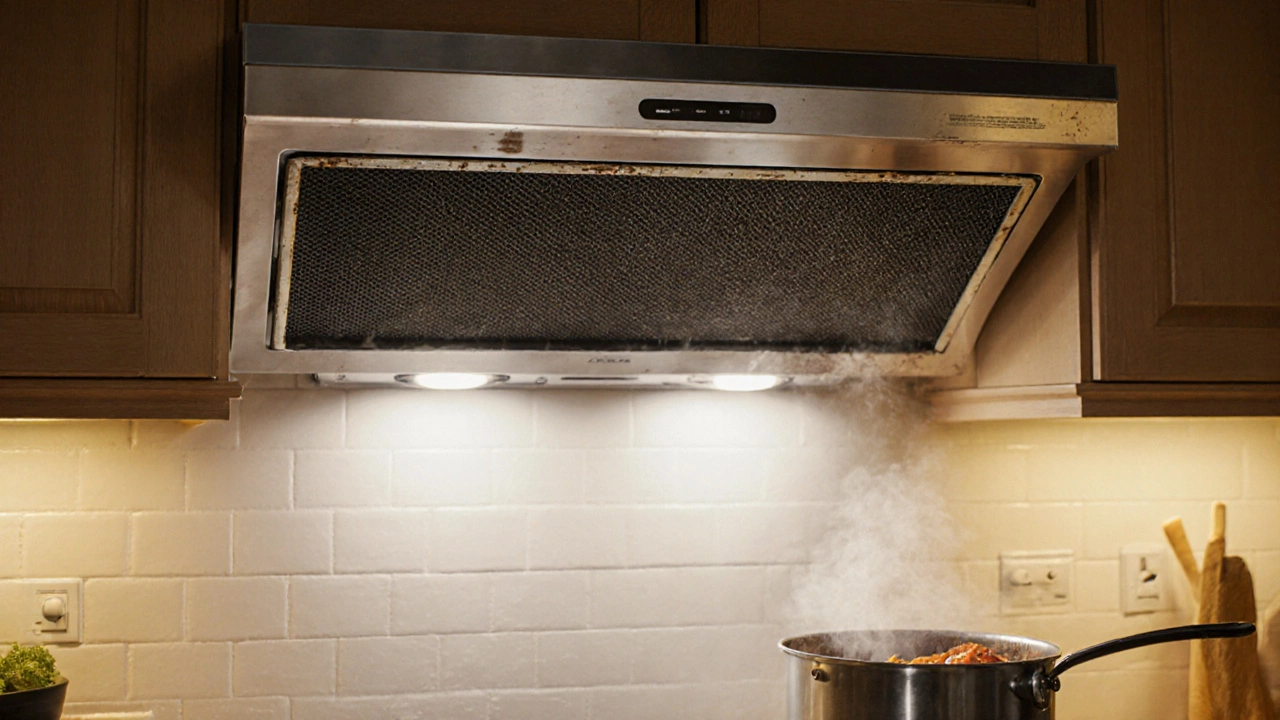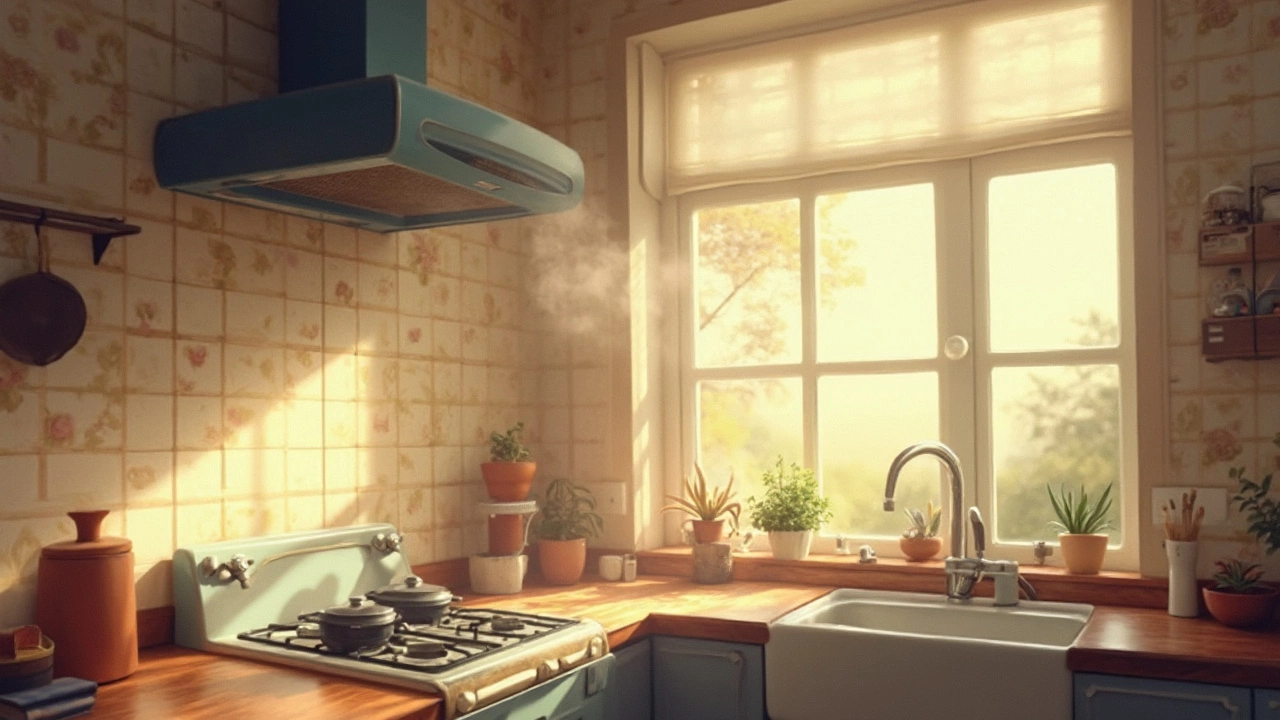
Step‑by‑step guide to unblock a kitchen extractor fan, clean filters, clear ducts, check motor and safety switches, plus maintenance tips and FAQs.
If your ceiling, table or bathroom fan has stopped spinning, makes a weird hum, or blows weak air, you’re probably wondering what to do next. The good news is most fan issues are easy to spot and fix without calling a pro. This guide walks you through the most common problems, the tools you’ll need, and safe ways to get your fan back in shape.
First, ask yourself what the fan is doing (or not doing). Is it silent? Does it hum but not turn? Is it rattling or blowing hot air? Write down the exact behavior – it helps you zero in on the cause and avoids guesswork.
Typical symptoms and quick checks:
1. Turn off power. Always unplug the fan or switch off the circuit before you start. Safety first.
2. Clean the fan. Remove the grill or cover, wipe blades with a damp cloth, and use a soft brush to clear dust from the motor housing. A clean fan spins smoother and stays cooler.
3. Tighten loose parts. Screws that hold the blades or the motor housing can loosen over time. Use a screwdriver to snug them up, but don’t over‑tighten – you could strip the threads.
4. Check the capacitor. Many ceiling and bathroom fans use a start capacitor to give the motor a boost. If the fan hums but won’t start, the capacitor may be dead. Capacitors are cheap and easy to replace; just note the voltage rating and swap it out.
5. Lubricate moving parts. Some older fans have oil ports on the motor shaft. A few drops of light machine oil can eliminate squeaks and improve spin speed. Modern fans are usually sealed, so skip this if you don’t see any oil ports.
6. Test the switch. Wall switches or pull‑chain switches can wear out. If the fan works when you bypass the switch (by directly wiring the fan to power), replace the switch.
If none of these steps fix the issue, the motor itself might be burned out. In that case, weigh the cost of a new fan against the price of a professional repair. Often a new fan is the cheaper, quicker answer.
Remember, regular maintenance – a quick dust‑off every few months – can stop most problems before they start. Keep the grill clean, check for wobbling blades, and listen for any new noises. That way your fan will keep cooling you down without surprise breakdowns.
Got a stubborn fan that still won’t cooperate after these tricks? It’s time to call a local expert. South Shields Appliance Repair Services can handle stubborn fans, replace motors, and make sure everything is safely rewired. A quick call saves you time and the hassle of a DIY disaster.

Step‑by‑step guide to unblock a kitchen extractor fan, clean filters, clear ducts, check motor and safety switches, plus maintenance tips and FAQs.

Extractor fans are essential for keeping your home fresh and free of unwanted odors. But what happens when they break down? Learn if extractor fans can be repaired, common issues that cause malfunctions, and some useful tips for troubleshooting. This guide provides practical insights to extend the life of your fan before calling in a professional.